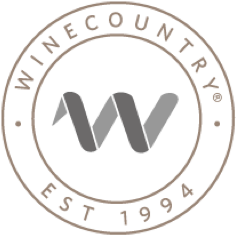The Napa Valley is, indisputably, one of the world’s most recognized wine regions. The region received its American Viticultural Area (AVA) designation in 1981, making it California’s first AVA, and the country’s second overall.
In the decades since, the growers and winemakers in the region have worked to gain a greater understanding of the climate and soil types within the AVA and, in doing so, have learned that the region is actually home to many different, distinct meso- and microclimates, each suited to specific grape varieties and winemaking styles. This has resulted in the designation of 16 separate sub-appellations within the Napa Valley that recognize and celebrate the viticultural diversity of the region. Here is a rundown of all 16.


















